
Editor's Note: This post continues a weekly series titled the Promised Land where author David G. Woolley sheds his bloggish sensibilities and delves into the research and inspiration behind the characters and story lines of his Book of Mormon Promised Land Historical Fiction Series. This week it's Nephite lineage.
It depends. Nephites are descendants of Nephi or at least related to some of his aunts, uncles or cousins. They share the same family tree. That’s not confusing. What is confusing is what happened over centuries of Nephite history when those pure bloods mixed with other groups and complicated the meaning of the term.
The Book of Mormon opens with an intimate account of the prophet Lehi and his family migrating to the New World. Causal mention of other groups already living in Mesoamerica makes it difficult to get a full picture of who really is a Nephite. Misconceptions abound.
One mistaken belief is that the Book of Mormon is a history. It’s not. At least not in the conventional sense. Moroni was very clear on that point when he wrote in the title page that the Book of Mormon was a record of the people of Nephi. More accurately, its a collection of Nephite letters, Nephite sermons, and Nephite religious writings. The chronology is complex, sometimes non-sequential, with huge gaps in time.
The Book of Mormon record is chronologically unbalanced. In the 3000 years from the Jaredite landing to Moroni’s closing statements, centuries pass without mention. Sixty two percent of the text deals with a relatively short 160 year period (130 BC to about 30 AD). The scripture fails to include any information about the larger geographic regions and remains focused on a small territory of about 600 miles long and about 200 miles wide at its widest point where the royal line of Nephi remained.
What kind of history mentions and then ignores the impact of trade and interactions with distant peoples? What kind of history mentions important events and then fails to offer details of those events? What kind of history mentions notable rulers and travelers and then ignores them almost entirely? What kind of history is it when only one descendent of the Brother of Jared—the principle Jaredite chronicler in the opening of the Book of Ether—is identified and treated as an outsider by the ruling class who kept the record through the balance of Jaredite civilization? What kind of history mentions that the people of Zarahemla were a substantially larger population than the small contingent of Nephite refugees who fled to their lands (Mosiah 25:2) and then rarely mentions the majority population in the record and then only in casual, insubstantial ways?
When the Spaniards arrived in highland Guatemala they found that each of the lineage groups of the Quichean people who dominated the area possessed a written record. The records were symbols of the power of the rulers. They were publicly displayed to great fanfare. They were held in reverence. From time to time they were read aloud for all the people to hear. The records settled questions of history, foretold the future, and contained the accepted story of origin for the tribal group. They also explained the social order, justifying why some groups were subservient, why they cooperated with surrounding groups and why they warred with other groups. It wasn't conventional history. It was lineage history and it was the way records were kept among the indigenous groups in Mesoamerica. The Book of Mormon is that kind of record. Lineage history.
When the Nephites arrived on the scene in Zarahemla, a weak political affiliation existed between tribal groups across the region that would ultimately become known in the Book of Mormon record as the Nephite kingdom with the royal line residing at Zarahemla. They spoke different dialects, held different religious views, and vigorously defended their inherited lands. The account of Morianton’s attempts to confiscate the neighboring land of Lehi during the era of Captain Moroni's military service is a revealing account of intra-kingdom relations not because it was an uncommon occurrence, but because it was typical of the conflicts between peoples living under the same loosely administered government rule. The people of Zarahemla admitted to being party to wars between what would otherwise be politically and economically allied kin and culture groups long before Mosiah and his band of Nephite refugees showed up. During the centuries before Nephite rule they didn’t always get along. The account of Morianton's conflict over land ownership with their neighboring Nephite citizens in the Land of Lehi continued a long history of local intra-Nephite conflicts.
The Land of Morianton sat along the hot, humid eastern coastal plains bordering the Land of Lehi. Morianton is a Jaredite name. His ancestors—descended from the Jaredite ruler Riplakish—were likely members of the remnant populations left after the fall of Jaredite civilization. In fact most of the eastern coastal areas, what the Book of Mormon indicates were the most populated Nephite centers down river from the capital at Zarahemla, were populated with remnant groups who survived the fall of the Jaredites and likely migrated south along the coast from the land northward (Moron, the Land of Desolation, Cumorah) during the centuries-long run of Jaredite, Mulekite and Nephite rule.
The small band of Mulekites who made a Gulf Coast landing from Atlantic sea-going vessels around 590 BC were small in number compared to the existing populations living along the eastern seaboard. Their technologically advanced skills eventually won them the right to rule. The Mulekites learned the dialects and even adopted some of the new religious beliefs. They later confessed to Mosiah that if they’d had a record like the brass plates, they likely would not have co-opted foreign religious practices into the Law of Moses. They were like the Israelites entering Canaan but without the religion-preserving influence of the law given on Sinai. Readers of the Book of Mormon are surprised by the willingness with which the king of Zarahemla turned over rule to Mosiah. There was precedence. The Mulekites were following the same pattern they followed when they arrived in the Promised Land.
So who is a Nephite? The Book of Mormon identifies about six major meanings for the term. Blood. Royalty. Faith. Culture. Ethnicity. The most obvious being any blood relative of Nephi (Jacob 1:13-14, Mosiah 15:12, Alma 3:17, Alma 43:14). There's also a small sub-class of lineage Nephites, likely the eldest son of each successive generation, who assumed the role of elite ruler and adopted the royal title First Nephi, Second Nephi, Third Nephi (Jacob 1:11). In some instances the Book of Mormon refers to "people of the Nephites" (Alma 54:14, Helaman 1:1, and Moroni 8:27), a likely reference to the kin groups who traced their genealogy back to Nephi, but whose families were not of the royal first born line. Converts to the church of God through most of the record were considered Nephites no matter their ancestral origin (Alma 48: 9-10, 54:10, 4 Nephi 1: 36-37). Those who refused conversion, but who participated in the civilization’s culture were also referred to as Nephites (2 Nephi 5: 6, 9-17; Jacob 3, Enos 1:20-23, Jarom 1:4-10, Helaman 3:16). An ethnic or racial group was also associated with the term Nephite (1 Nephi 12:19, 23; 2 Nephi 5:21-23, Jacob 3:5, Alma 55:4, 8).
The Nephite kingdom was a culturally pluralistic, ethnically diverse, geographically divergent and linguistically mixed realm. Some lived in the high altitude western territories. The west coast mountain ranges of the land of Melek and Amonihah. Others lived in the middle kingdom along the mountain river valleys of the Sidon and its few arable tributaries at Zarahemla, Sidom, Aaron and other river cities. Still other Nephite groups populated the hot, humid, swamp-infested coastal lands of the eastern seaboard at Moronihah, Gid, Mulek, Bountiful, Cumorah and a host of other cities in what the Book of Mormon refers to as the principal parts of the Nephite Kingdom. They didn’t always get along. In some cases, like the people high in the mountain enclave at Amonihah in the remote upper kingdom realm, they didn’t share the same beliefs. But they behaved in the predictable ways citizens of Mesoamerican civilizations behaved.
They were Nephites.
__________________________
Join author David G. Woolley at his Promised Land Website.

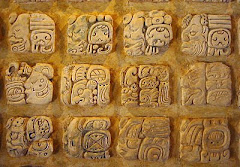




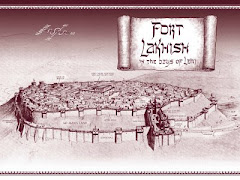



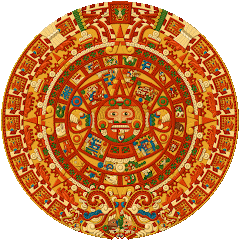

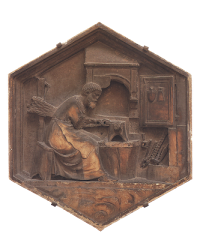

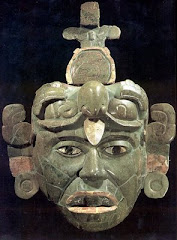



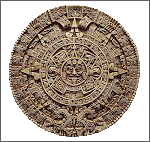

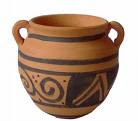
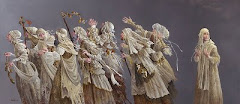




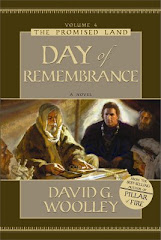




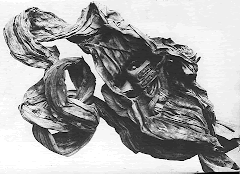


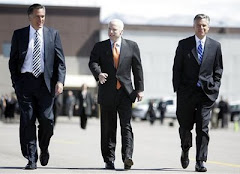

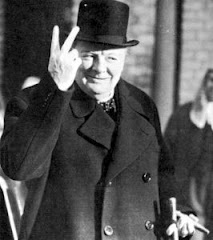
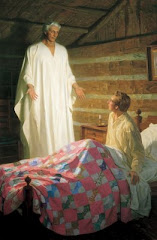


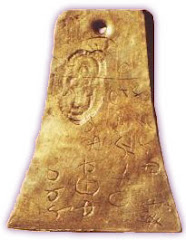


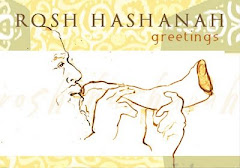


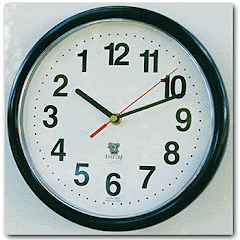

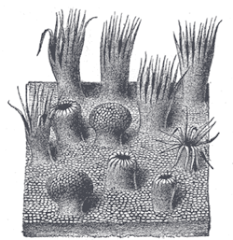
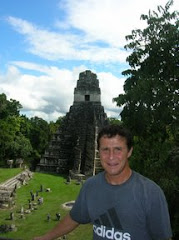


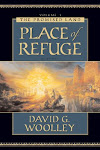
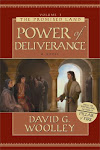

No comments:
Post a Comment